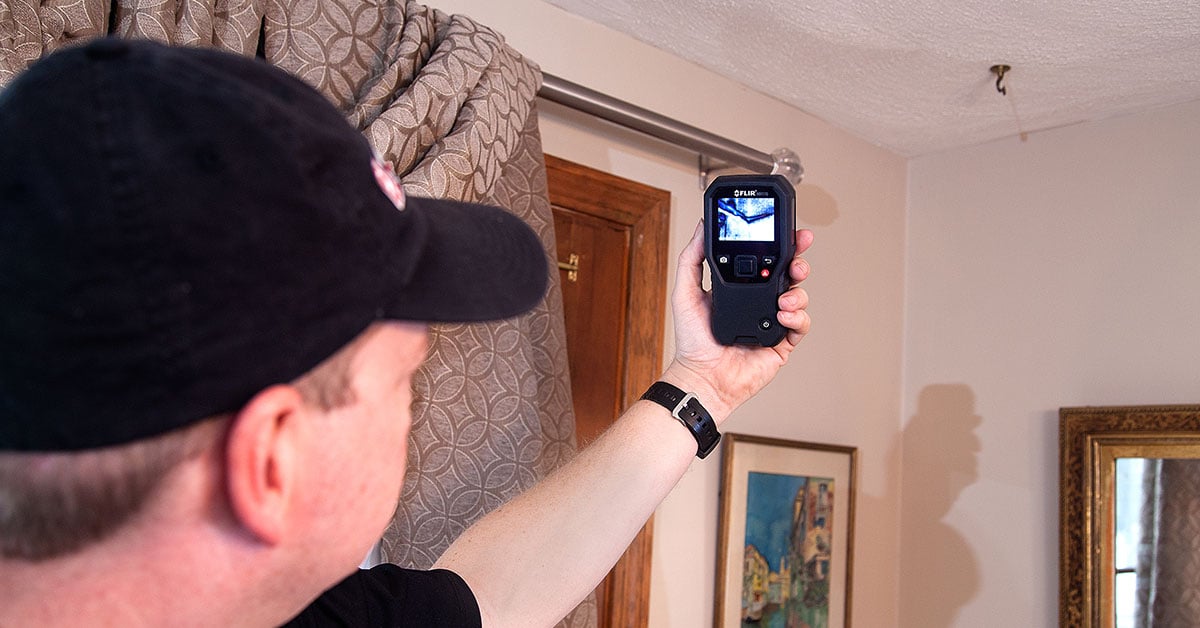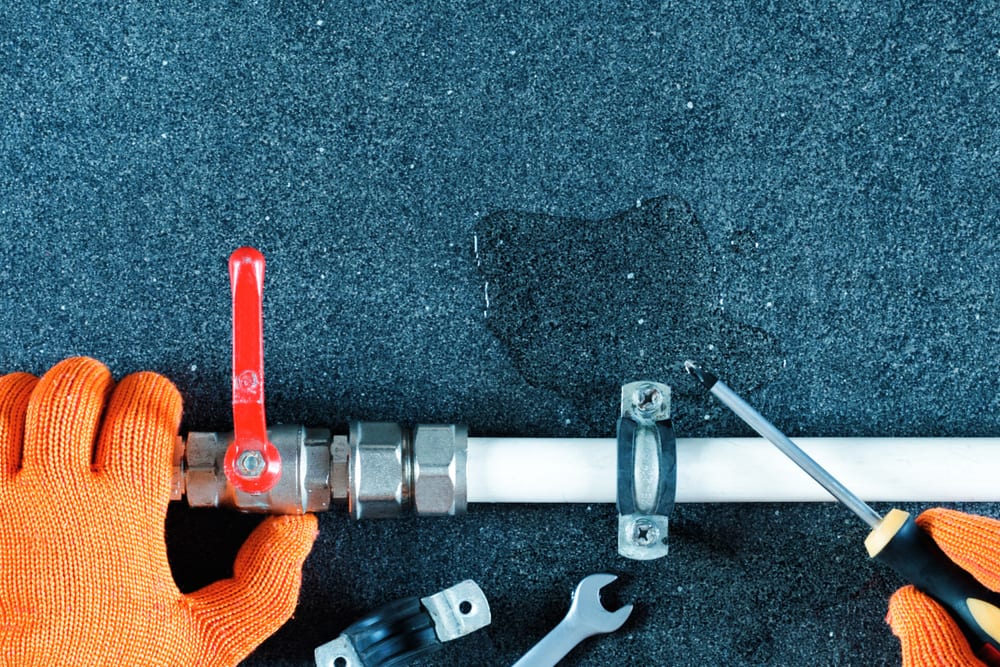Just how to Inspect If Your House Has a Covert Leak
Just how to Inspect If Your House Has a Covert Leak
Blog Article
We've stumbled upon the article involving Leaking water lines directly below on the web and concluded it made perfect sense to discuss it with you on this page.

Early discovery of dripping water lines can alleviate a possible catastrophe. In addition to conserving you cash, it will minimize the irritation and disappointment. The moment you find a leakage, calling your plumber for repair services is the very best solution. Some tiny water leaks may not be visible. If you can not discover it with your nude eyes, right here are some hacks that assist.
1. Check Out the Water Meter
Every residence has a water meter. Checking it is a surefire manner in which aids you find leakages. For beginners, shut off all the water sources. Ensure no person will flush, make use of the tap, shower, run the washing maker or dishwasher. From there, go to the meter as well as watch if it will certainly change. Considering that no person is using it, there need to be no motions. That suggests a fast-moving leakage if it relocates. Likewise, if you spot no changes, wait a hr or two and inspect back once more. This suggests you may have a slow leak that might also be below ground.
2. Examine Water Intake
Analyze your water bills and track your water consumption. As the one paying it, you must observe if there are any kind of disparities. If you find sudden changes, despite your consumption being the same, it implies that you have leaks in your plumbing system. Keep in mind, your water expense ought to fall under the exact same range monthly. An unexpected spike in your expense shows a fast-moving leakage.
A stable increase every month, also with the very same routines, shows you have a slow leakage that's likewise gradually intensifying. Call a plumber to completely check your residential or commercial property, especially if you really feel a warm area on your flooring with piping beneath.
3. Do a Food Coloring Test
When it comes to water consumption, 30% comes from commodes. If the color in some way infiltrates your bowl during that time without flushing, there's a leakage between the container and dish.
4. Asses Exterior Lines
Do not fail to remember to examine your outside water lines also. Test faucets by connecting a yard hose pipe. Should water leak out of the link, you have a loose rubber gasket. Change this and make sure all connections are tight. If you've obtained a lawn sprinkler, it will help get it properly checked out as well as kept yearly. One small leakage can squander lots of water and also spike your water expense.
5. Assess the situation as well as check
Homeowners should make it a practice to examine under the sink counters and also also inside closets for any bad odor or mold growth. These two red flags suggest a leakage so punctual focus is required. Doing routine evaluations, even bi-annually, can save you from a major issue.
Check for stainings as well as deteriorating as most pipelines as well as home appliances have a life span. If you think leaking water lines in your plumbing system, do not wait for it to intensify.
Early detection of dripping water lines can alleviate a prospective disaster. Some tiny water leaks might not be noticeable. Checking it is a proven method that helps you uncover leakages. One tiny leakage can lose lots of water and increase your water expense.
If you suspect dripping water lines in your plumbing system, don't wait for it to intensify.
WARNING SIGNS OF WATER LEAKAGE BEHIND THE WALL
PERSISTENT MUSTY ODORS
As water slowly drips from a leaky pipe inside the wall, flooring and sheetrock stay damp and develop an odor similar to wet cardboard. It generates a musty smell that can help you find hidden leaks.
MOLD IN UNUSUAL AREAS
Mold usually grows in wet areas like kitchens, baths and laundry rooms. If you spot the stuff on walls or baseboards in other rooms of the house, it’s a good indicator of undetected water leaks.
STAINS THAT GROW
When mold thrives around a leaky pipe, it sometimes takes hold on the inside surface of the affected wall. A growing stain on otherwise clean sheetrock is often your sign of a hidden plumbing problem.
PEELING OR BUBBLING WALLPAPER / PAINT
This clue is easy to miss in rooms that don’t get much use. When you see wallpaper separating along seams or paint bubbling or flaking off the wall, blame sheetrock that stays wet because of an undetected leak.
BUCKLED CEILINGS AND STAINED FLOORS
If ceilings or floors in bathrooms, kitchens or laundry areas develop structural problems, don’t rule out constant damp inside the walls. Wet sheetrock can affect adjacent framing, flooring and ceilings.
https://www.servicemasterbyzaba.com/blog/how-to-detect-water-leakage-in-walls/

I'm certainly very drawn to Locating water leaks and I am hoping you enjoyed the new entry. Are you aware of another person who is in the market for the subject? Feel free to promote it. We truly appreciate reading our article about Locating water leaks.
Report this page